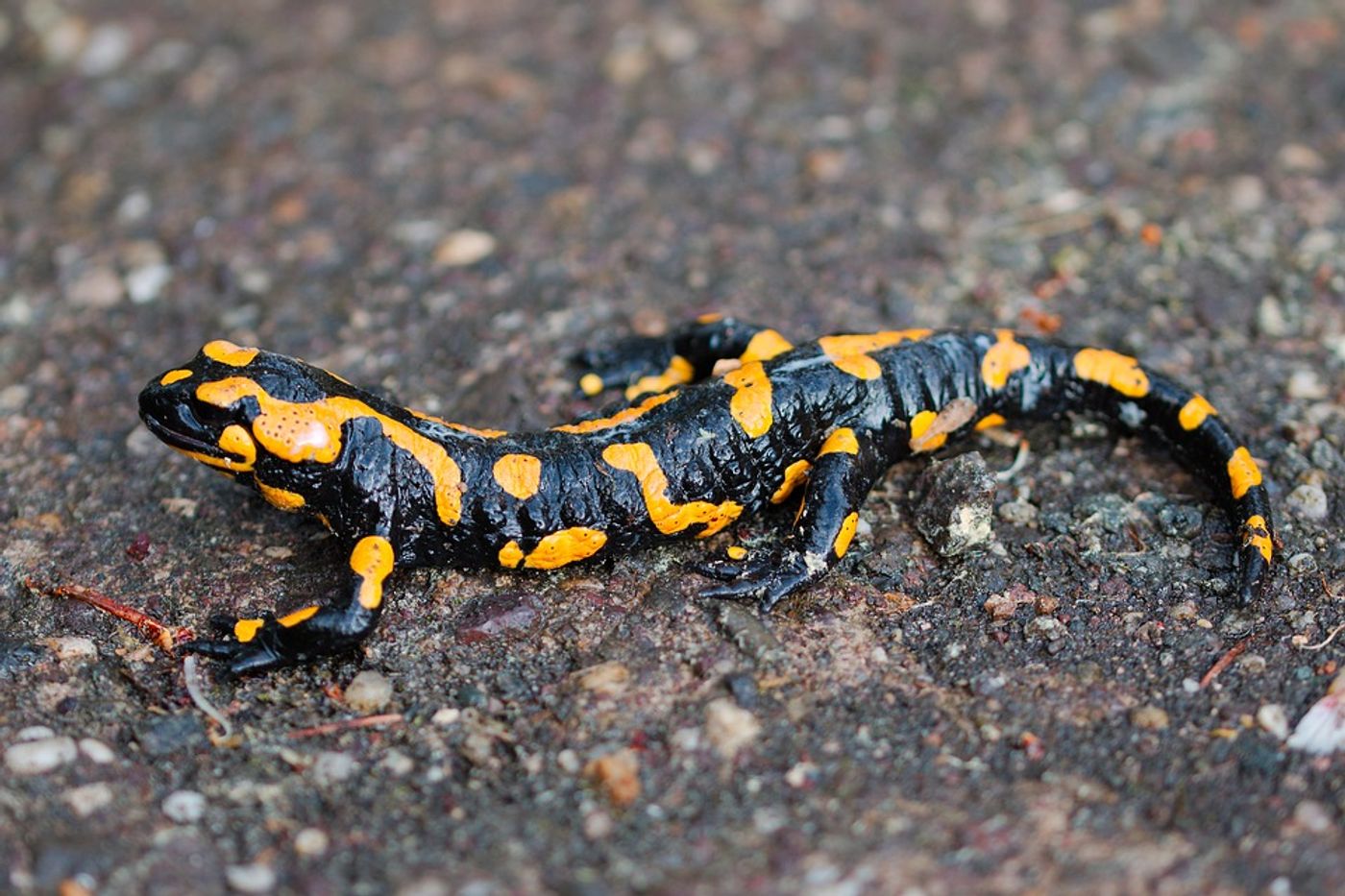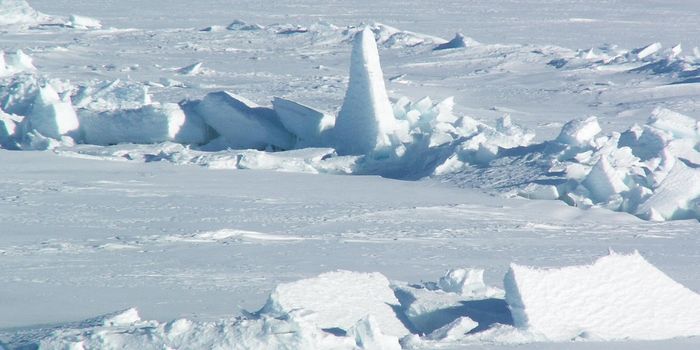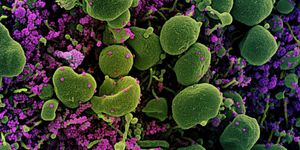Ectotherm thermal physiology puts amphibians at even greater climate risk than previously recognized
Things aren’t looking good for amphibians. According to new research published in Global Change Biology from Simon Fraser University researchers, amphibians will have to choose between two habitats in the coming years - both which offer little room for survival.
Ectotherm thermal physiology is often used to predict species responses to climate change. While many studies have been carried out modeling how future temperatures will impact amphibians, this new study considers the impacts of climate change from a physiological perspective - evaporative water loss. Amphibians need to be able to keep their skin moist in order to survive, but cool, wet spots will become the most scarce real estate under future climate conditions.
According to researchers from SFU and the University of California-Santa Cruz, within sixty years even the habitats predicted to be safe for amphibians will be either too hot or too dehydrating, with wetland edges too hot for up to 74% of the summer and too dehydrating for up to 95%.
"Such trade-offs will only get more challenging with future climate change, with no single habitat being safe at all times," says lead author Gavia Lertzman-Lepofsky. Unfortunately, these trade-offs will undoubtedly affect other aspects of amphibian life, requiring the animals to move between habitats much more often, using up energy for movement rather than for finding food or reproduction.
The authors say their findings should cause alarm within the larger community. “We conclude that temperature and water loss act synergistically, compounding the ecophysiological risk posed by climate change, as the combined effects are more severe than those predicted individually,” they write. “Our results suggest that predictions of physiological risk posed by climate change that do not account for water loss in amphibians may be severely underestimated and that there may be limited scope for facultative behaviors to mediate rapidly changing environments.”
Sources: Global Change Biology, Science Daily









